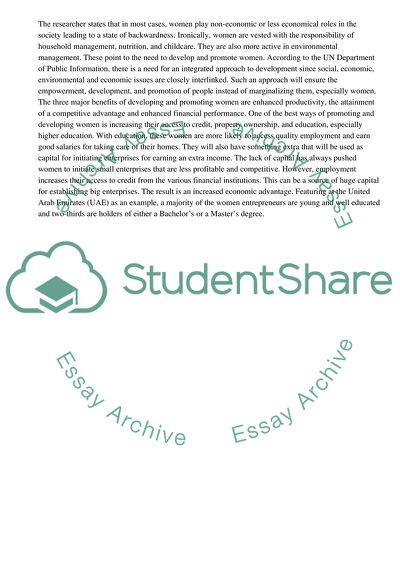Cite this document
(Challenges and Opportunities for Women Entrepreneurs Research Paper, n.d.)
Challenges and Opportunities for Women Entrepreneurs Research Paper. Retrieved from https://studentshare.org/business/1771704-women-entrepreneurs-challenges-and-opportunities-in-the-arab-uae-case
Challenges and Opportunities for Women Entrepreneurs Research Paper. Retrieved from https://studentshare.org/business/1771704-women-entrepreneurs-challenges-and-opportunities-in-the-arab-uae-case
(Challenges and Opportunities for Women Entrepreneurs Research Paper)
Challenges and Opportunities for Women Entrepreneurs Research Paper. https://studentshare.org/business/1771704-women-entrepreneurs-challenges-and-opportunities-in-the-arab-uae-case.
Challenges and Opportunities for Women Entrepreneurs Research Paper. https://studentshare.org/business/1771704-women-entrepreneurs-challenges-and-opportunities-in-the-arab-uae-case.
“Challenges and Opportunities for Women Entrepreneurs Research Paper”, n.d. https://studentshare.org/business/1771704-women-entrepreneurs-challenges-and-opportunities-in-the-arab-uae-case.


